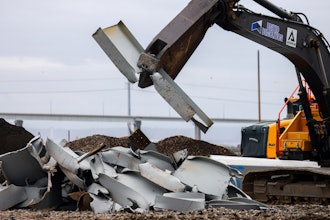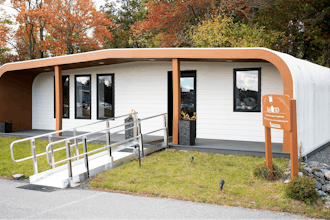
 Dave Williams
Dave WilliamsThe word “automation” normally brings to mind massive machinery installations, huge capital expenses and radical process overhauls. However, for the growing warehouse facility, automation can—and often does—start on a much smaller scale.
Automation can begin with something as simple as using spreadsheets to track inventory, personnel or shipments. Then, as a facility continues to grow, product traceability and staff efficiency become driving forces behind larger automation initiatives. This is where facilities would benefit from using a warehouse execution system (WES) to manage warehouse operations.
A WES includes a tightly integrated warehouse management system (WMS) and warehouse control system (WCS) that help manufacturers and distributors direct, control and optimize internal material flow and order picking. This two-in-one solution performs the tasks of both systems through a single interface.
Why a WES?
A WES gives warehouse staff the option to begin automation on a smaller scale with the WMS’ warehouse inventory tracking control functions. When the company is ready to introduce additional automation, the WES helps automate repetitive, manual tasks through integration with ERP, billing or ordering systems. This increases staff efficiency and prepares the facility for future growth.
With its modular design, a WES enables companies to use only the functions needed to handle their immediate warehousing needs. This ranges from managing invoices and tracking inventory to fully automating the warehouse with an automated storage and retrieval system (AS/RS). Moreover, instead of having to purchase new software when new pieces of automation are added, you simply turn on the WCS features within the WES for managing these new processes.
Further, by using a WES for warehouse management tasks staff become familiar with the software’s functionality and interface. So, as more automation is added to the facility using the warehouse control functions, staff can focus on adopting new business processes instead of learning new software.
Planning for the Future
Developing a long-term automation plan starts with taking a look at your business today and determining what you want it to look like three to five years from now. From there, you can choose a solution that will help your company achieve its goals.
When determining what automation to employ now versus five years down the road, it is essential to consider your goals for inventory management, process management, and warehouse management. Depending on the complexity of these goals, this plan can take six months or several years to fully evolve. This is why finding an experienced technology partner who will help support your long-term automation goals is important.
Finding the Right Technology Partner
When selecting a WES, most companies know to evaluate each solution’s functionality to make sure it meets current and future technological needs. However, it is also important to look at the after-sales support for the WES. Is the vendor going to sell you on a product and then leave you to your own devices? Or, will their staff develop a real partnership with your team?
A technology partner will sit down with you and take the time to understand your business and outlook for the future. With this insight and comprehensive knowledge of its own system, the vendor should tailor a solution and processes specifically for your facility.
Automation is no longer a luxury reserved for large warehouses—it’s a necessity for any growing warehouse. By implementing a WES, facilities of any size can introduce automation into their operations. Then, as the company continues to grow, the solution will scale along with it, fostering new efficiencies and improved processes while ensuring ease of adoption from warehouse staff. And when paired with an experienced, hands-on technology partner, the solution will usher you towards meeting your long-term business and operational goals.
Dave Williams is vice president of software development at Westfalia Technologies, Inc.






















